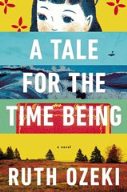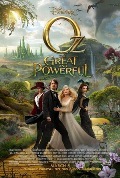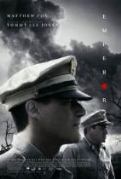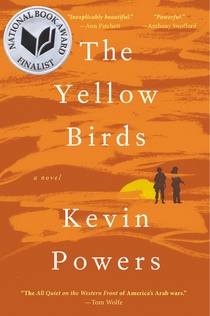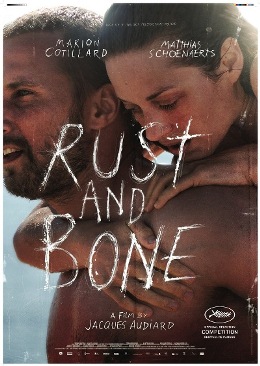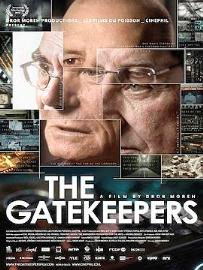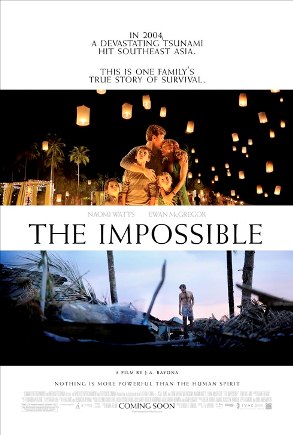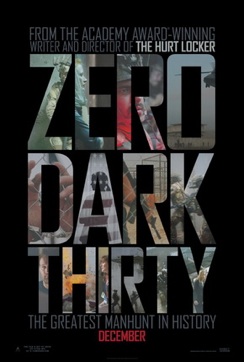
Yep, I finally took the plunge and read last year’s top-selling suspense novel “Gone Girl.” About time, right? I sort of had been saving it for an island retreat or something, where I pictured devouring it while lounging on a beach chair under a palm tree. But “Gone Girl” never made it to spring break, which for me is in April, it got picked up by my book club and we discussed it this week.
For sure, most people know what it’s about by now. It’s about a marriage gone terribly wrong and a fifth year wedding anniversary that comes and goes with the wife found missing under suspicious circumstances. What more do you need to know? The couple (Nick and Amy) had been magazine writers in New York City before losing their jobs and having to move back to Nick’s hometown in Missouri. Using Amy’s money (her parents are successful authors of an “Amazing Amy” book series), Nick has bought a bar with his twin sister where he works while Amy remains at home unemployed. That’s about when the wheels come unglued for these two.
It’s told in alternating chapters between Nick, who’s a suspect in his wife’s disappearance, and Amy who fills in the history of their relationship from the beginning. The author weaves the web of it all very well, suspensefully propelling one through it almost like a bat out of hell. I can’t say the characters are really likable, there’s no real good guys in this. I’m sure you’d be ready to hypothetically strangle either Amy, Nick or the cops, sister, or parents at times for what they’re like. And don’t forget Desi.
I mean the novel is done well, but it’s pretty crazy. It reminded me slightly of a combination of “Fatal Attraction,” “Presumed Innocent” and perhaps a touch of “Psycho” thrown in. There’s plenty of twists, with the characters trying to outmaneuver each other at each step of the way. Suffice it to say you’ll be fairly spent by the time you get done. I think my book club liked it quite a bit but I’m not sure I’d recommend it to everyone. But for the suspense genre, it sure has made waves.
“Gone Girl” recently made the longlist for the 2013 Women’s Prize for Fiction, formerly known as the Orange Prize. Stay tuned to see if it will make the shortlist, which will be announced on April 16. It also apparently has been picked up to be made into a movie, which begs the question: who should be in it? My book club suggested possibly: Josh Lucas as Nick and Charlize Theron as Amy. hmm. Your suggestions?
ps. This summer my husband and I will have our third year wedding anniversary; if “Gone Girl” is any example just think what we have to look forward to at the fifth year anniversary!@!?<@#! LOL.



